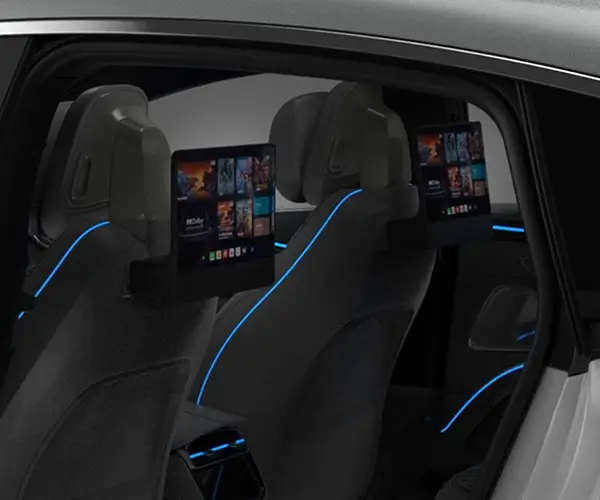Cloud microservices architecture is changing the game for modern tech stacks. Instead of building out a giant monolithic system, you break everything down into small, autonomous pieces that work together seamlessly. Think of it like a well-orchestrated band, where each musician can shine on their own but still deliver a perfect symphony. That's what microservices bring to the table — flexibility, scalability, and resilience.

Imagine you have an online shop with a million users. Traditional architecture might choke under that load, because all functions are locked in one big block. But with microservices, you'd break that down into smaller services: product catalog, shopping cart, payment processing, user authentication. Each of these runs independently but communicates via APIs. When sales spike during a Black Friday deal, you can scale just the shopping cart services, leaving others untouched. This saves resources and boosts performance without disrupting the whole system.
What makes microservices architecture even more appealing? It’s the way it fits into cloud environments. Cloud platforms excel at spinning up resources dynamically, and microservices take full advantage of that. Need extra power on a weekend sale? Just add more instances of your shopping cart service without touching the rest. If one service crashes, it’s like a small hiccup rather than a system-wide disaster. Recovery is faster, and downtime can be minimized.
A key point here — microservices aren’t just about splitting everything apart. They’re about designing each piece to be lightweight, focused, and independently deployable. You tweak one without risking the stability of the whole system. That’s super handy because, let’s be honest, no one wants their entire online store crashing just because a minor update went wrong.
People often ask, “Isn’t this more complicated?” It’s a fair question. Managing dozens of tiny services sounds like a headache. But with the right orchestration tools, your team can keep tabs on everything effortlessly. Plus, microservices mean continuous delivery, faster innovation, and easier troubleshooting. Those little services are like puzzle pieces — when they fit well, the whole picture looks better, moves faster, and adapts quicker.
So, where’s the real kicker? Cloud microservices architecture isn’t just about tech jargon. It’s about transforming how digital businesses operate. Think of it like upgrading from a bicycle to a sports car — the acceleration, agility, and performance are in a league of their own. For companies looking to stay ahead, embracing microservices isn’t an option; it’s the future. And honestly, once you get a taste of that flexibility, it’s hard to go back to static, monolithic systems.
Established in 2005, Kpower has been dedicated to a professional compact motion unit manufacturer, headquartered in Dongguan, Guangdong Province, China. Leveraging innovations in modular drive technology, Kpower integrates high-performance motors, precision reducers, and multi-protocol control systems to provide efficient and customized smart drive system solutions. Kpower has delivered professional drive system solutions to over 500 enterprise clients globally with products covering various fields such as Smart Home Systems, Automatic Electronics, Robotics, Precision Agriculture, Drones, and Industrial Automation.




































